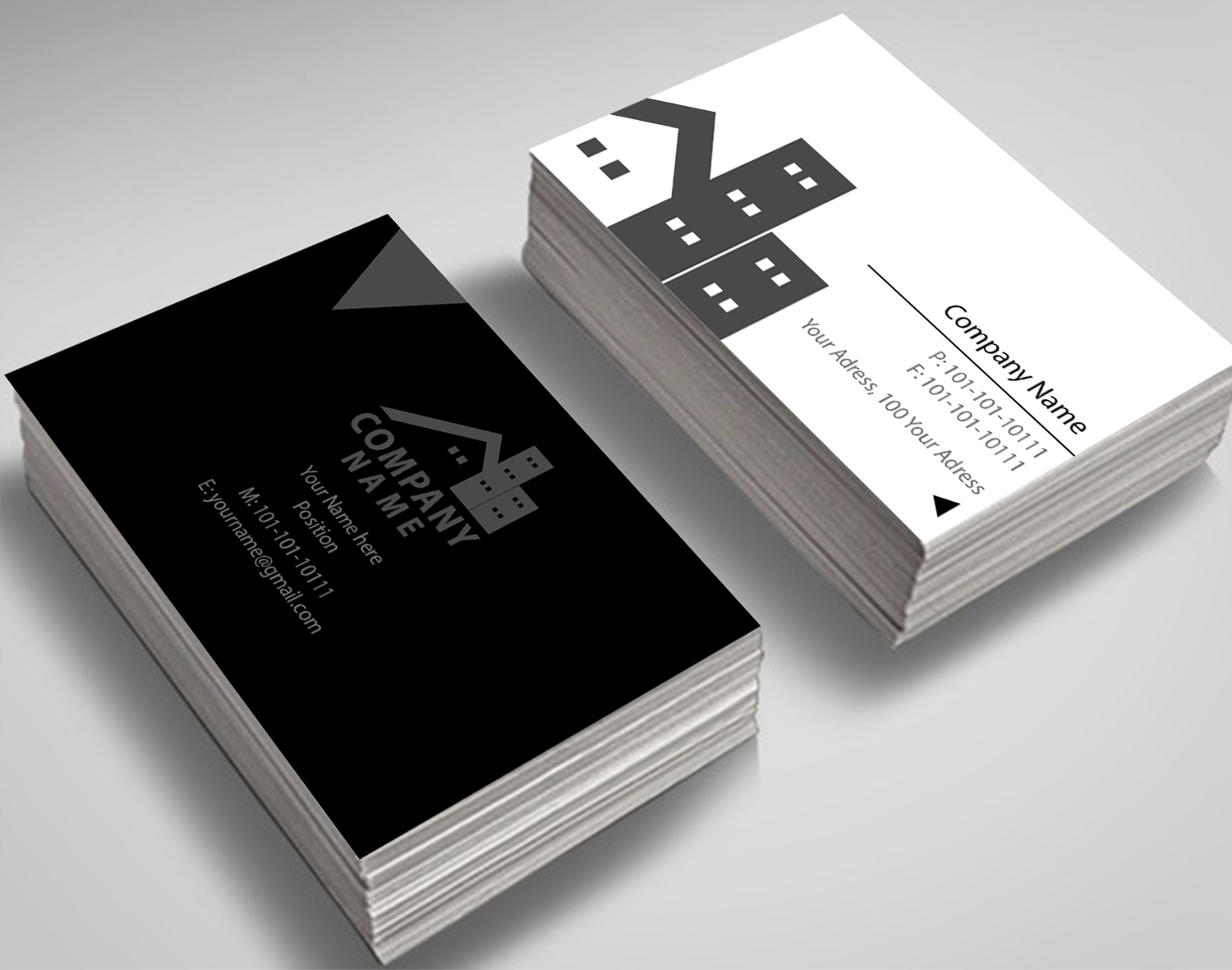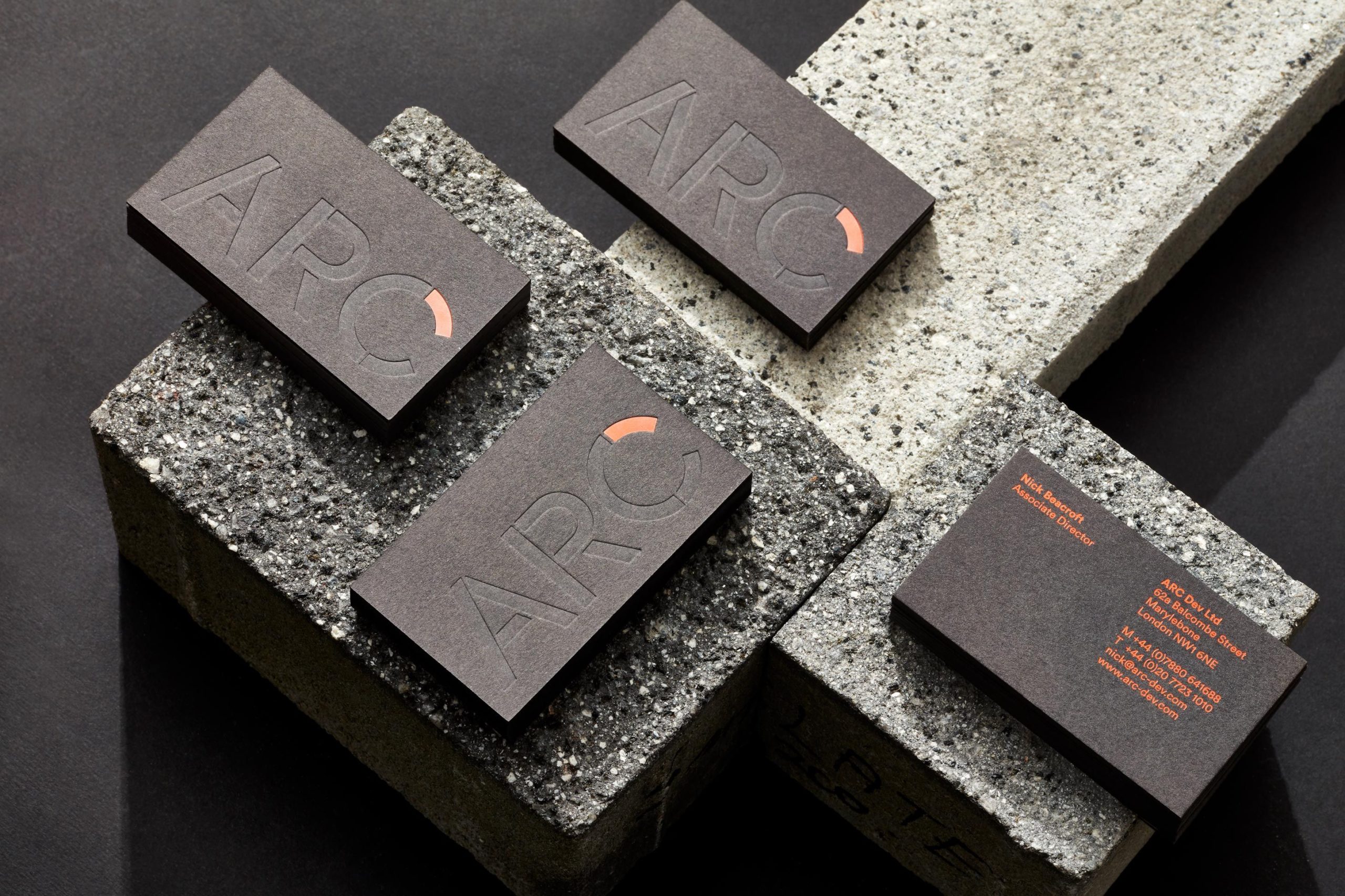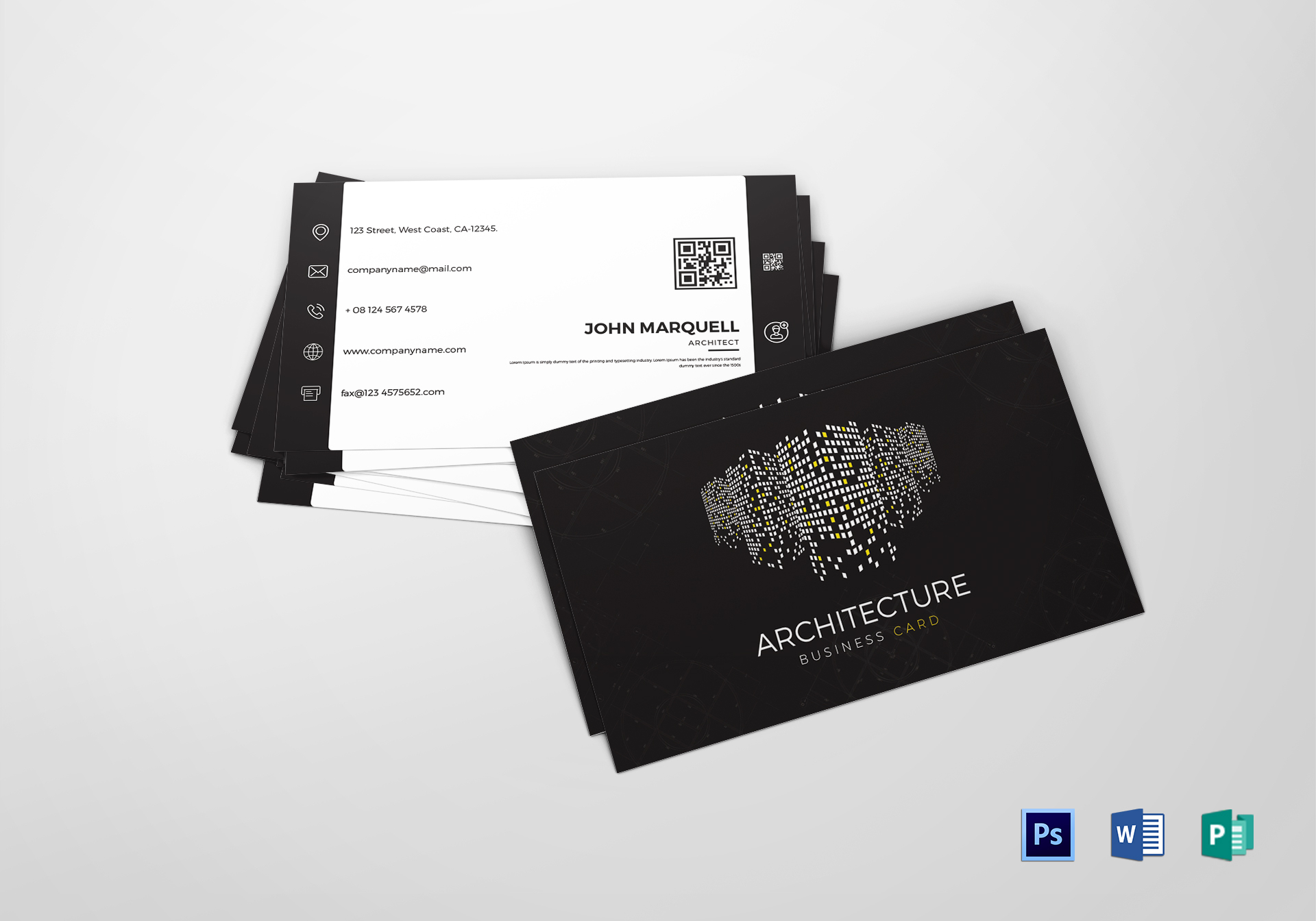
When it comes to networking and leaving a lasting impression in the architectural industry, a well-designed business card can make all the difference. As an architect, your business card is a reflection of your brand, professionalism, and attention to detail. It is not only a tool for exchanging contact information but also a chance to showcase your style, creativity, and expertise. In this article, we will explore the importance of architectural business cards and provide you with some tips on how to create an impactful and memorable design.
The Power of Architectural Business Cards

In a digital age where communication is primarily conducted online, handing out a physical business card may seem antiquated. However, business cards still hold significant value in the business world, and the field of architecture is no exception.
- First Impressions Count: When meeting potential clients or collaborators, your business card is often the first tangible item they receive from you. It serves as an introduction and an opportunity to leave a positive and lasting impression.
- Professionalism: A well-designed business card demonstrates professionalism and attention to detail. It shows that you take pride in your work and are committed to delivering quality.
- Brand Identity: Your business card can be an extension of your brand identity. It should reflect your unique style, aesthetic, and personality, making it instantly recognizable and memorable.
- Networking Tool: Business cards are a convenient and efficient way to exchange contact information while networking. They provide recipients with all the necessary details they need to reach out to you, saving them the hassle of putting your information into their device at that moment.
Essential Elements of Architectural Business Cards

To create a captivating architectural business card, you need to consider various elements that contribute to its overall design and effectiveness. Here are some essential elements to keep in mind:
1. Paper Quality
Ensure that your business card is printed on high-quality paper to convey a sense of professionalism. Consider using textured or heavyweight cardstock to add a tactile element that aligns with the architectural industry.
2. Typography
Choose a font that is legible and aligns with your brand aesthetic. Avoid overly decorative fonts that may hinder readability. Experiment with font sizes, weights, and spacing to create visual hierarchy and make important details stand out.
3. Colors
Select a color palette that complements your brand and resonates with architectural themes. Consider using muted tones, natural hues, or metallic finishes to convey sophistication while maintaining a visually pleasing balance.
4. Logo and Branding Elements
Incorporate your logo and other branding elements such as a tagline or slogan on your business card. This will reinforce your brand identity and make it easier for recipients to associate the card with your architectural practice.
5. Contact Information
Include essential contact details on your business card, such as your name, job title, phone number, email address, and website. Adding your social media handles or QR codes that link to your online portfolio can also be beneficial for prospective clients to learn more about your work.
6. Imagery or Design Elements
Consider incorporating architectural imagery or design elements that represent your style and expertise. This could include sketches, blueprints, photographs of projects, or abstract geometric patterns. However, be cautious as overcrowding the card with too many visual elements may diminish its impact.
Design Tips for Architectural Business Cards

Now that you understand the importance of architectural business cards and the essential elements to include, here are some design tips to help you create a memorable and effective card:
1. Simplicity is Key
Keep the design clean and uncluttered. Emphasize the key elements while leaving enough white space to create a sense of balance and harmony. A cluttered or overwhelming business card can appear unprofessional and distract from your message.
2. Size and Shape
Consider unique shapes or sizes that align with architectural themes. Unconventional shapes like squares, rounded corners, or die-cut designs can help your card stand out in a stack of standard rectangular cards.
3. Texture and Finishes
Explore different finishes and textures to add visual interest and make your card more memorable. Options such as embossing, foil stamping, or spot varnishes can enhance the tactile experience and elevate the perceived value of your card.
4. Double-sided Printing
Maximize the use of space by printing on both sides of the card. You can include additional information, such as a brief project portfolio or a list of services offered on the backside. However, ensure that the design remains balanced and easy to read.
5. Consistency with Branding
Ensure that your business card design remains consistent with your overall brand identity. Use similar fonts, colors, and design elements that align with your logo, website, and other marketing materials. Consistency creates a cohesive and professional visual language.
6. Quality Control
Before printing a batch of business cards, carefully proofread and review the design. Check for typos, formatting issues, or any inconsistencies. It’s helpful to get a second opinion from a colleague or friend who can provide constructive feedback.
Conclusion

Architectural business cards are not merely information carriers; they are powerful marketing tools that can leave a lasting impression on potential clients and collaborators. By paying attention to the essential elements and implementing effective design strategies, you can create a memorable and impactful business card that reflects your professionalism, style, and expertise. Remember, an architectural business card serves as an extension of your brand identity and the first step towards establishing meaningful connections in the industry. So, invest in a well-designed business card and make a lasting impression today.
Ethan is a branding enthusiast and a master of storytelling. With a background in advertising, he leverages his expertise to explore the art of graphic design and its impact on business. In his free time, Ethan enjoys photography and capturing the world’s visual intricacies.